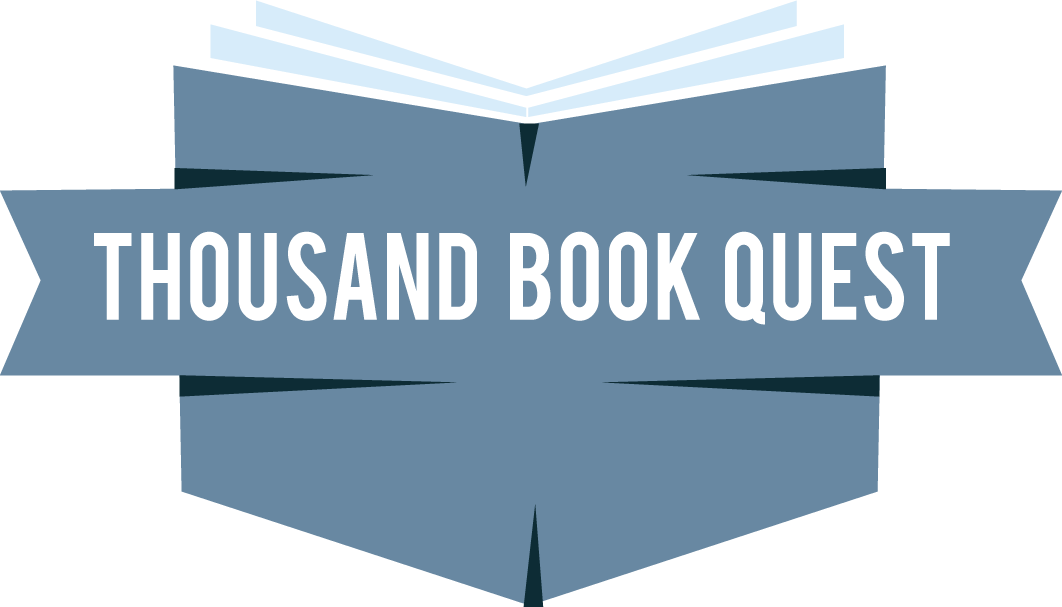460. Together: The Healing Power of Human Connection in a Sometimes Lonely World
Rating: ☆☆☆1/2
Recommended by:
Author: Vivek Murthy
Genre: Non Fiction, Health, Psychology, Self Improvement, Public Policy
352 pages, published April 28, 2020
Reading Format: Book
Summary
In Together, former Surgeon General Vivek Murthy argues that loneliness is at the root of our current mental health and drug abuse crisis’s. In response, he advocates social and community connection as a cure for loneliness.
Quotes
“Like thousands of others, we survived the storm and the many dark days that followed because of the kindness of strangers who brought food, water, and comfort’.”
“To be real is to be vulnerable.”
“Intimate, or emotional, loneliness is the longing for a close confidante or intimate partner—someone with whom you share a deep mutual bond of affection and trust. Relational, or social, loneliness is the yearning for quality friendships and social companionship and support. Collective loneliness is the hunger for a network or community of people who share your sense of purpose and interests. These three dimensions together reflect the full range of high-quality social connections that humans need in order to thrive. The lack of relationships in any of these dimensions can make us lonely, which helps to explain why we may have a supportive marriage yet still feel lonely for friends and community.”
“Solitude, paradoxically, protects against loneliness.”
“What often matters is not the quantity or frequency of social contact but the quality of our connections and how we feel about them.”
“loneliness overlaps with and is often inherited with anxiety disorders or depression.”
“Loneliness is the subjective feeling that you’re lacking the social connections you need. It can feel like being stranded, abandoned, or cut off from the people with whom you belong—even if you’re surrounded by other people. What’s missing when you’re lonely is the feeling of closeness, trust, and the affection of genuine friends, loved ones, and community.”
“we need to more deeply appreciate the relationship between loneliness, social connection, and physical and emotional health.”
“Most of us are interacting with lonely people all the time, even if we don’t realize it.”
“We all need to know that we matter and that we are loved.”
“Call it a clan, call it a network, call it a tribe, call it a family. Whatever you call it, whoever you are, you need one. You need one because you are human.”
“John Cacioppo helped us understand an additional way loneliness causes mental and physical exhaustion: it takes a toll on the quality of sleep. When we’re profoundly lonely, we tend to sleep lightly and rouse often, just as our ancestors did to prevent being overtaken by wolves or enemies.”
“When we become chronically lonely, most of us are inclined to withdraw, whether we mean to or not.”
My Take
I enjoyed reading Together and wholeheartedly agree with its message. As illustrated in real time by the Covid pandemic, human beings are social creatures and we suffer when our opportunities for social interaction are diminished.
